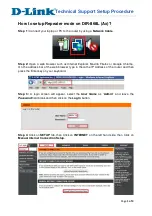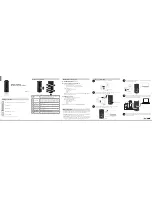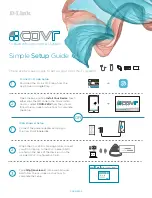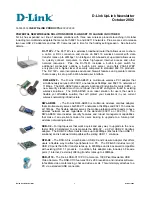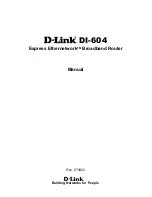
LEON-G100 / LEON-G200 - System Integration Manual
GSM.G1-HW-09002-G3
Preliminary
Handling and soldering
Page 112 of 125
End Temperature: 150 - 200°C
If the temperature is too low, non-melting tends to be caused in
areas containing large heat capacity.
Heating/ reflow phase
The temperature rises above the liquidus temperature of 217°C. Avoid a sudden rise in temperature as the slump
of the paste could become worse.
Limit time above 217°C liquidus temperature: 40 - 60 s
Peak reflow temperature: 245°C
Cooling phase
A controlled cooling avoids negative metallurgical effects (solder becomes more brittle) of the solder and
possible mechanical tensions in the products. Controlled cooling helps to achieve bright solder fillets with a good
shape and low contact angle.
Temperature fall rate: max 4°C / s
To avoid falling off, modules should be placed on the topside of the motherboard during soldering.
The final soldering temperature chosen at the factory depends on additional external factors like choice of
soldering paste, size, thickness and properties of the base board, etc. Exceeding the maximum soldering
temperature in the recommended soldering profile may permanently damage the module.
Preheat
Heating
Cooling
[°C]
Peak Temp. 245°C
[°C]
250
250
Liquidus Temperature
217
217
200
200
40 - 60 s
End Temp.
max 4°C/s
150 - 200°C
150
150
max 3°C/s
60 - 120 s
100
Typical Leadfree
100
Soldering Profile
50
50
0
50
100
150
200
250
300
Elapsed time [s]
Figure 60: Recommended soldering profile
When soldering lead-free LEON-G100 / LEON-G200 modules in a leaded process, check the following
temperatures:
PB- Technology Soaktime: 40-80 s
Time above Liquidus:
40-90 s
Peak temperature:
225-235°C
LEON-G100 / LEON-G200 modules must not be soldered with a damp heat process.






























